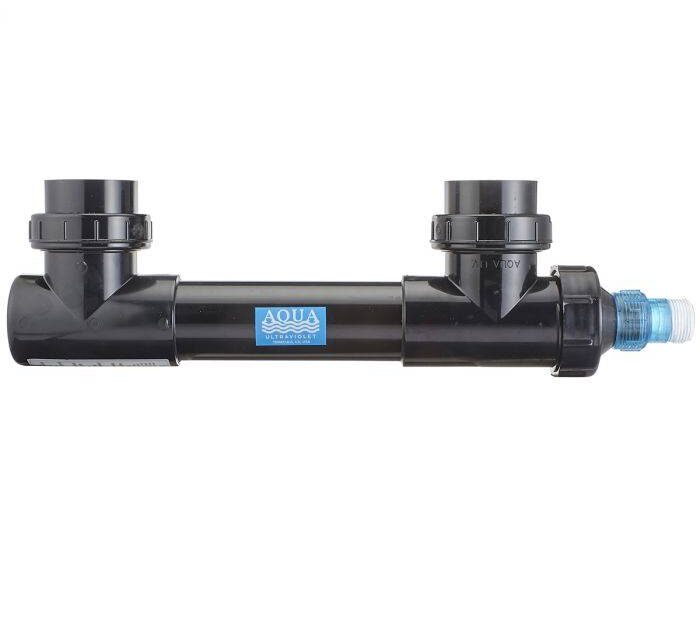Buy UV Sterilizers
An aquarium UV (ultraviolet) sterilizer is a tool used to control and eliminate unwanted microorganisms in the water. It utilizes ultraviolet light to damage and kill bacteria, algae, and some parasites. Here’s a comprehensive overview of the aquarium UV sterilizer:
How UV Sterilizers Work:
- Ultraviolet Light: When water is pumped through the UV sterilizer, it’s exposed to ultraviolet light. This UV light damages the DNA or RNA of microorganisms, rendering them inactive or killing them outright.
- Exposure Time: The effectiveness of a UV sterilizer largely depends on the exposure time of the water to the UV light. This is determined by the flow rate of water through the unit.
Benefits:
- Algae Control: UV sterilizers can help control free-floating algae, preventing green water blooms.
- Disease Control: By inactivating harmful pathogens, UV sterilizers can help reduce the risk of fish diseases in the aquarium.
- Improved Water Clarity: UV sterilization can result in clearer water by eliminating the tiny organisms that can cause cloudiness.
Limitations:
- Only Affects Waterborne Organisms: UV light won’t affect algae growing on surfaces or parasites that are on fish. It only impacts organisms free-floating in the water that pass through the sterilizer.
- Doesn’t Differentiate: UV sterilizers can’t differentiate between harmful and beneficial bacteria. However, since most beneficial bacteria live on surfaces (like the substrate, decorations, or filter media) and not in the water column, the impact on them is minimal.
Setup and Usage:
- Placement: Install the UV sterilizer in a location where water can be pumped through it and returned to the aquarium. It’s often placed after the main mechanical and biological filtration.
- Flow Rate: Adjust the flow rate as recommended by the manufacturer. Too fast, and the water won’t be exposed to the UV light long enough. Too slow, and you might not treat the volume of water adequately.
- Maintenance: The UV bulb will need to be replaced periodically (typically every 6-12 months) because its effectiveness decreases over time, even if it still emits visible light. Also, the unit’s quartz sleeve (which protects the bulb from the water) should be cleaned regularly to remove any build-up or deposits.
Safety Considerations:
- Don’t Look Directly at the Light: Direct exposure to UV light can harm your eyes. Always turn off the UV sterilizer when working on it.
- Seals and Plastics: Over time, UV light can degrade certain plastics or seals. Ensure any components exposed to the UV light are UV-resistant.
Conclusion: While a UV sterilizer isn’t a necessary component for every aquarium, it can be a valuable tool in specific situations, especially in tanks prone to disease outbreaks or green water issues. As with any equipment, its effectiveness depends on proper setup, maintenance, and usage in conjunction with other good aquarium practices.

